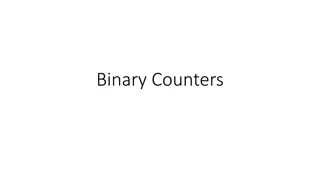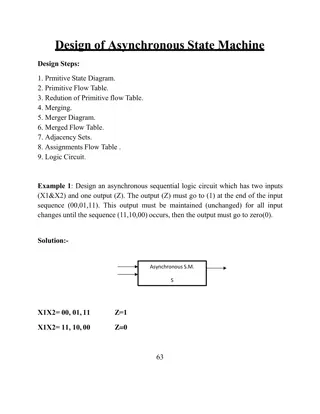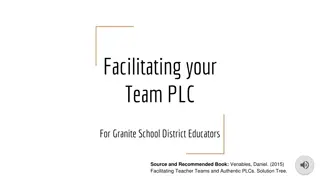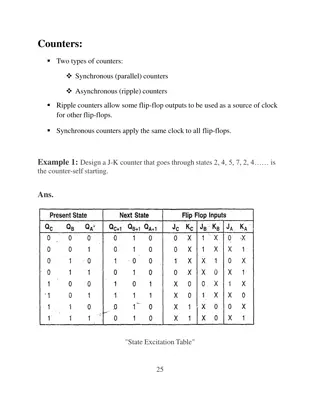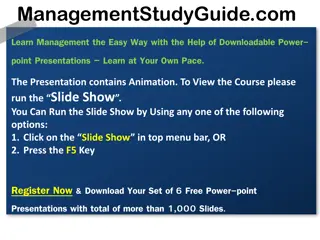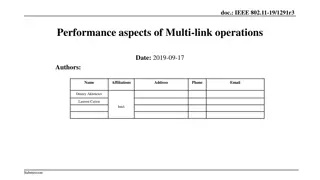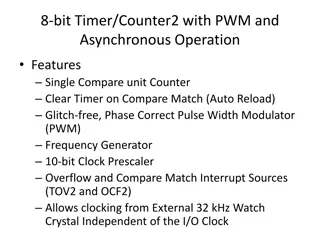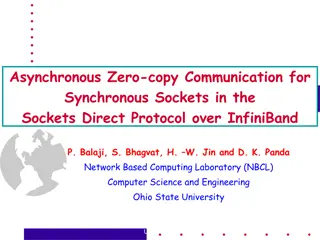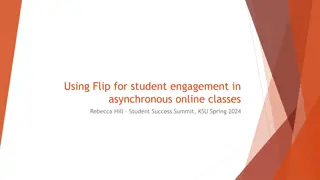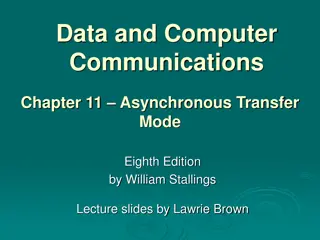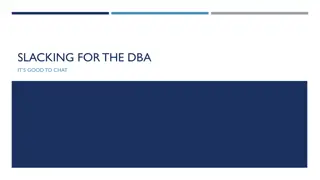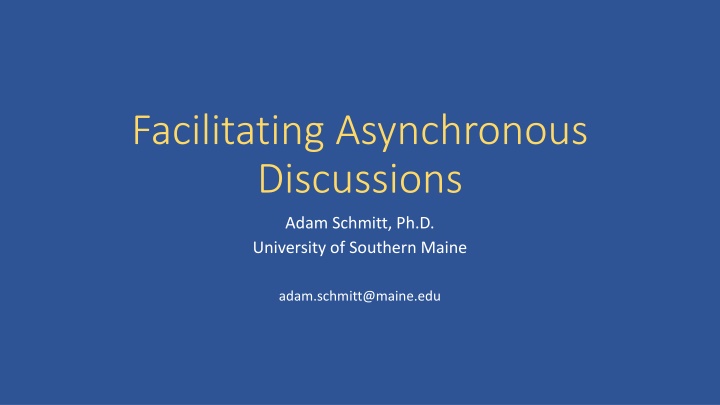
Facilitating Effective Asynchronous Discussions in Online Learning
Learn how to facilitate engaging asynchronous discussions in online education, overcome common obstacles, structure discussions effectively, and understand the teacher's role. Discover tips for promoting interaction and fostering a collaborative learning environment.
Download Presentation

Please find below an Image/Link to download the presentation.
The content on the website is provided AS IS for your information and personal use only. It may not be sold, licensed, or shared on other websites without obtaining consent from the author. If you encounter any issues during the download, it is possible that the publisher has removed the file from their server.
You are allowed to download the files provided on this website for personal or commercial use, subject to the condition that they are used lawfully. All files are the property of their respective owners.
The content on the website is provided AS IS for your information and personal use only. It may not be sold, licensed, or shared on other websites without obtaining consent from the author.
E N D
Presentation Transcript
Facilitating Asynchronous Discussions Adam Schmitt, Ph.D. University of Southern Maine adam.schmitt@maine.edu
What is Asynchronous Discussion? Asynchronous discussion is discussion that does not take place in real time, such as through the use of discussion boards. The problem (according to Journell, 2008) Social constructivist theories of learning argue that learning happens through interaction How do we facilitate interaction in an online environment when students are not responding in real time?
Reflecting on Our Own Practices/Experiences What have been your experiences with asynchronous discussions? What successes have you experienced with asynchronous discussions? What obstacles do you see to being successful with asynchronous discussions? Common Obstacles Students retreat into relying on personal experiences/lack of substance Surface-level responses to peers/lack of continuing engagement Different levels of student participation
Tips for Structuring Discussion Creating prompts Posing questions that apply material as opposed to restate it Provide sources to aid in answering prompts Setting a fixed timeline for participation Creating and rotating smaller discussion groups Varying pedagogical approach Creating collaborative charts or other group tasks
Thinking About the Teachers Role Clear expectations In each discussion board, provide information about word limits, quotes, response expectations, and any other parameters Model provide students with examples of what strong posts and responses look like Provide individual and whole class feedback Creating a summative post OR podcast/lecture Provide opportunity for a synchronous check-in during the course.
Questions/Concerns Should teachers contribute to online discussions?
Big Take-Aways Teach for discussion, not just with discussion (Parker & Hess, 2001) Many techniques for online discussion are the same as in-person discussion (Journell, 2008) Clear communication and structure are key
For More Information Wayne Journell (2008) Facilitating Historical Discussions Using Asynchronous Communication: The Role of the Teacher, Theory & Research in Social Education, 36:4, 317-355, DOI: 10.1080/00933104.2008.10473379 Feel free to reach out to me (adam.schmitt@maine.edu).


